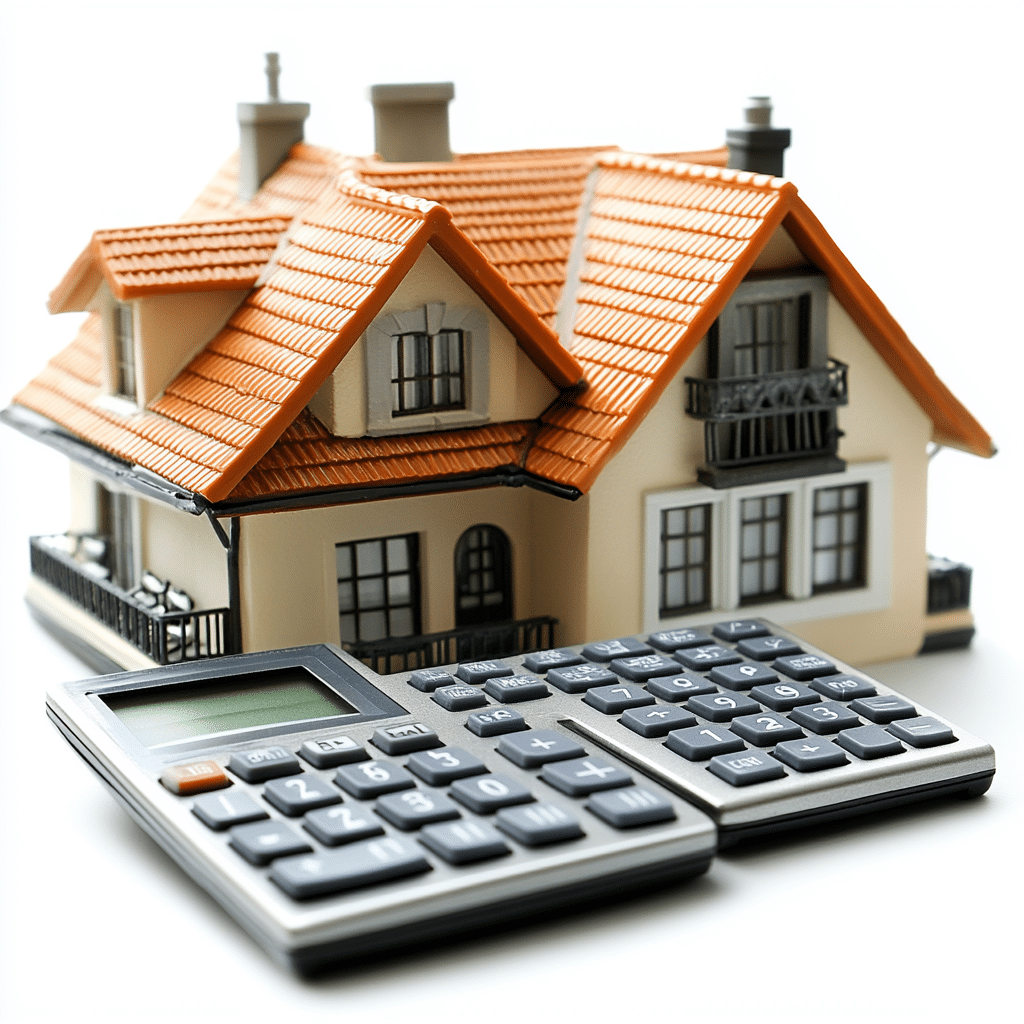Understanding how to calculate down payment is essential when you’re aiming to buy a home. A down payment is one term you’ll come across frequently, and getting a grasp on it could make your path to homeownership smoother. This guide will break it all down into easy steps, give real-world examples, and offer insights to help you understand this significant financial commitment.

Step-by-Step Guide to Calculate Down Payment
1. Understand the Down Payment Definition
To start, let’s get a solid understanding of what a down payment means. In straightforward terms, a down payment is the initial chunk of money you’re going to pay upfront when buying a house. It’s usually expressed as a percentage of the total sale price. For instance, if you’re eyeing a $500,000 home, a 20% down payment would be $100,000.
2. Determine Your Down Payment Goal
Down payments typically range between 5% to 20% of the property’s value. There are also special loan programs, like those from the Federal Housing Administration (FHA), that allow for lower percentages. It’s important to research your loan options and decide on a realistic down payment goal. This decision should be based on your financial situation and the loan requirements available.
3. Calculate Required Savings
Now that you know your target down payment percentage, you can calculate how much you need to save. For example, if your aim is a 15% down payment on a $400,000 home, your goal is $60,000. There are online tools, such as CalcXML or NerdWallet, that can help you track your saving progress and estimate when you’ll reach your target.
4. Explore “Cash for Whatever” Options
To boost your down payment fund, consider the liquidity and availability of your assets. You might think about selling stocks, tapping into savings accounts, or even downsizing your lifestyle temporarily. For example, if you have a second car or luxury items that are just collecting dust, selling them could significantly boost your down payment fund.
5. Regular Savings Contributions
Automating your savings is a smart strategy to consistently grow your down payment fund. Consider setting up bi-monthly (twice a month) withdrawals from your checking account to a dedicated savings account. For instance, transferring $1,000 bi-monthly can easily help you save $24,000 annually without having to think about it.

Key Considerations for Down Payment
The Impact of Bi-Monthly Savings
Understanding what bi-monthly means in terms of savings can make a huge difference. By spreading out your savings contributions, the financial burden is reduced, transforming daunting goals into manageable steps. Financial advisor Dax Shepard often highlights the benefits of consistent, bi-monthly savings, stressing how it makes large financial goals more achievable without overwhelming you.
Down Payment Assistance Programs
If you’re a first-time homebuyer, you should explore various down payment assistance programs. Agencies like the Department of Housing and Urban Development (HUD) or local nonprofits offer grants and low-interest loans to help bridge the gap in your down payment savings.
Temporary Downsizing for Long-Term Gains
Another way to quickly build your down payment fund is by temporarily reducing your living expenses. For example, Alex Morgan, the famed soccer player, has shared how downsizing her lifestyle in the early stages of her career helped her save for a significant down payment on her first home.
| Item | Description |
| Down Payment Definition | A portion of the total purchase price paid upfront, typically expressed as a percentage of the home’s price. |
| Common Down Payment Percentages | 3%, 5%, 10%, 20% |
| Formula for Down Payment | Down Payment = Home Price * Down Payment Percentage |
| Low Down Payment Options | – FHA Loans (3.5%) – VA Loans (0%) – USDA Loans (0%) |
| Conventional Loan Requirements | – Minimum Down Payment: 3% – Ideal Down Payment: 20% to avoid PMI (Private Mortgage Insurance) |
| Benefits of Higher Down Payment | – Lower monthly payments – Lower interest rates – Avoid PMI – Increased home equity |
| Down Payment Assistance Programs | – State and Local Programs – First-time Homebuyer Grants – Employer Assistance Programs |
| Saving for a Down Payment | – Create a budget – Set up a separate savings account – Automate savings contributions – Cut unnecessary expenses |
| Example Calculation | Home Price: $300,000 Down Payment Percentage: 20% Down Payment: $300,000 * 0.20 = $60,000 |
Pros and Cons of Larger Down Payments
Opting for a larger down payment can often result in better mortgage terms, lower interest rates, and exemption from private mortgage insurance (PMI). However, locking in too much cash might leave you with less liquidity for emergencies or other investments. It’s a balancing act you’ll need to consider carefully.
Final Thoughts: Navigating Your Path to Homeownership
Calculating and saving for a down payment might initially seem like a tall order. However, breaking it down into these manageable steps, leveraging bi-monthly savings strategies, and exploring all available options can make the dream of owning a home more attainable. Remember, sound decisions backed by thorough planning and realistic goals set the foundation for a successful journey to your new home.
Don’t forget to explore additional resources such as interest rate Trends, and find a mortgage on our site, Mortgage Rater for more detailed guidance. Happy house hunting!
By following this well-laid-out plan and keeping an eye on critical details, you’ll be well prepared to navigate your way toward homeownership with confidence and clarity.
Calculate Down Payment Made Easy: Simple Steps
Fun Trivia and Interesting Facts
Ever wondered how calculating your down payment can be both fascinating and informative? Let’s dive into some fun trivia that might just make those numbers way more exciting. First up, did you know that a 5-year adjustable rate mortgage can sometimes offer lower initial payments, which could affect how much you might need to save for your down payment? This can make a significant difference, especially if you’re eyeing a property with a meticulous eye for budget.
Another interesting tidbit involves the letter Of gift mortgage. If a relative or friend decides to gift you some cash for your down payment, you’ll likely need one of these documents. It’s a common way to boost your down payment without impacting your own savings too much. This method is gaining popularity because it doesn’t count as a loan and can help you avoid a hard credit check. This can be quite a game-changer and ease the financial strain.
Sometimes, life throws a curveball. Enter Rhett Hartzog, an entrepreneur who successfully managed to flip the script on his financial journey, demonstrating that smart moves can indeed lead to substantial down payments. What’s interesting here is how people in situations like Hartzog’s often choose to recast a mortgage to effectively manage payments in the long run. This strategy can make your mortgage more manageable if done correctly.
Lastly, let’s not forget the quirky scenarios; how about an opium bird painted in your future home’s backyard? It might not seem relevant initially, but these unique home features can sometimes be included or negotiated in . Similarly, consider options like rent To own Companies, which allow you to gradually pay for a home over time, making the down payment process easier on your wallet.
These snippets illustrate that understanding how to calculate down payment can be sprinkled with interesting facts and clever options!




